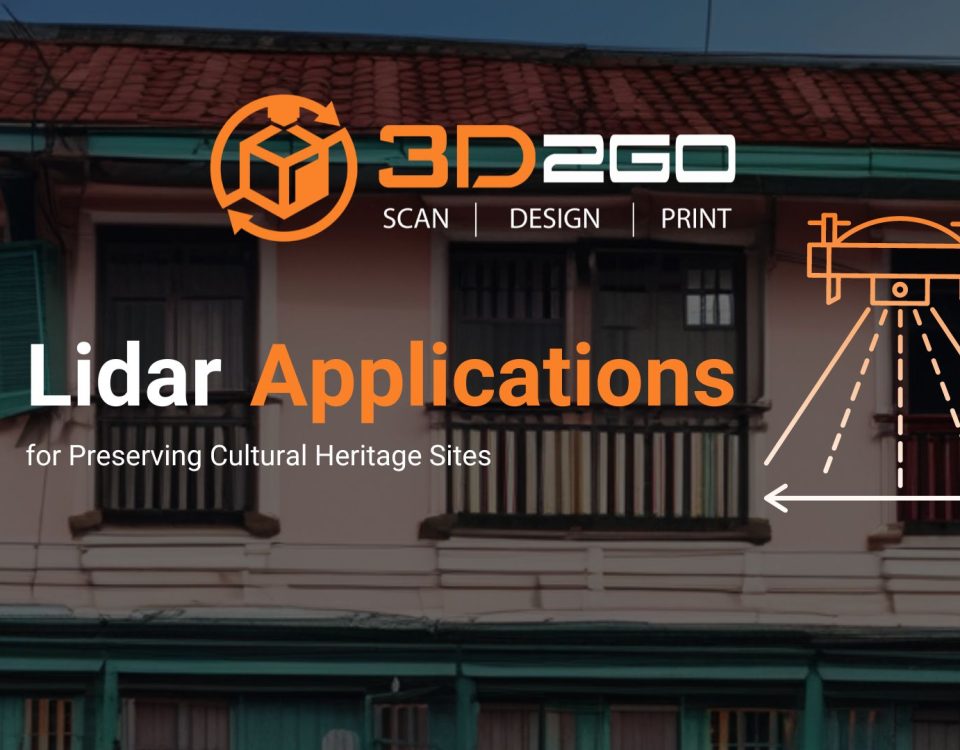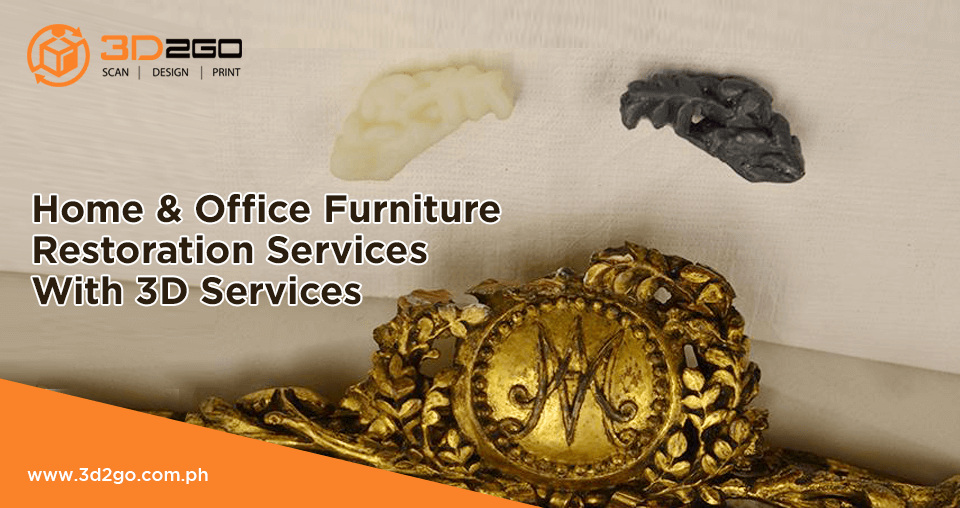
Level Up Your Collection: Custom Figurines of Your Favorite Esports Characters
June 5, 2024
Lidar Applications: Illuminating the Past to Preserve the Future of Cultural Heritage Sites
June 13, 2024Preserving our Cultural Heritage:
The Philippines is a nation steeped in rich history and vibrant culture. From the ancient rice terraces of the Ifugao to the magnificent Baroque churches of Ilocos Sur, cultural heritage sites and artifacts serve as tangible links to the past, offering invaluable insights into the stories and traditions that shaped the Filipino identity. However, the very passage of time, along with environmental factors and human interaction, poses a constant threat to these irreplaceable treasures.
This is where 3D printing emerges as a revolutionary tool in the fight for cultural heritage preservation. This innovative technology allows for the creation of highly accurate replicas of statues and other artifacts, offering a multitude of benefits for conservation efforts across the Philippines.
Documenting and Preserving the Past
One of the most significant contributions of 3D printing lies in its ability to meticulously document cultural heritage objects. Traditional methods of documentation, such as photography and manual measurements, often fail to capture the intricate details and textures that define a statue’s unique character. 3D scanning technology, on the other hand, utilizes lasers or structured light to create a precise digital model of the object. This digital record serves as a permanent archive, safeguarding the statue’s details for future generations, even if the original is damaged or destroyed.
Take, for instance, the iconic statues depicting historical figures at the Rizal Park in Manila. These statues are constantly exposed to the elements, making them susceptible to weathering and erosion. By employing 3D scanning, Filipino conservators can create a digital replica of each statue. This digital record can then be used to monitor any changes in the original statue’s condition over time, allowing for timely intervention and restoration efforts. Additionally, the 3D model can be used for educational purposes, enabling students and the public to virtually explore these historical figures in intricate detail.
Minimizing Risks During Restoration
The restoration of cultural heritage artifacts is a delicate process that requires a high degree of expertise. Traditional restoration techniques often involve direct contact with the object, which can inadvertently cause further damage. 3D printing offers a safer alternative.
Consider the case of the intricately carved santos (religious statues) found in many Filipino churches. These statues are often centuries old and require careful restoration to preserve their historical and religious significance. By using the 3D model generated from a scan of the original statue, conservators can create a replica on which to test restoration techniques. This allows them to experiment with different materials and methods without jeopardizing the integrity of the original artwork.
Furthermore, 3D printing can be used to create missing parts of a statue. This is particularly beneficial for statues that have suffered damage due to vandalism or natural disasters. By replicating the missing elements based on the digital model and historical records, conservators can restore the statue to a closer approximation of its original form.
Enhancing Accessibility and Education
Cultural heritage sites are often located in remote areas or may be restricted due to conservation concerns. This can limit public access and appreciation for these historical treasures. 3D printing offers a solution by enabling the creation of high-quality replicas that can be displayed in museums, educational institutions, or even public spaces throughout the Philippines.
An example of this can be seen with the ongoing efforts to preserve the magnificent head sculptures, known as bulul, of the Ifugao people. These sculptures, carved from indigenous hardwood, depict ancestral spirits and hold deep cultural significance. By creating 3D printed replicas of these bulul, Filipino authorities can showcase them in museums across the country, fostering a wider understanding and appreciation for Ifugao culture, even for those who cannot visit the remote rice terraces where the originals reside.
The Future of Cultural Heritage Preservation
3D printing technology is still evolving, offering exciting possibilities for the future of cultural heritage preservation in the Philippines. As printing materials and techniques continue to develop, 3D printed replicas may become even more accurate and durable, potentially even replicating the original material properties of the statues. Additionally, the integration of 3D printing with virtual reality (VR) technology could create immersive experiences that allow people to virtually interact with cultural heritage sites and artifacts, regardless of their physical location.
The Philippines, with its rich tapestry of cultural heritage, stands to benefit greatly from the potential of 3D printing. By embracing this innovative technology, Filipino conservators can ensure that the stories and traditions embodied in statues and other cultural artifacts are not only preserved for future generations but also made more accessible to a wider audience, fostering a deeper appreciation for the nation’s unique cultural identity.






